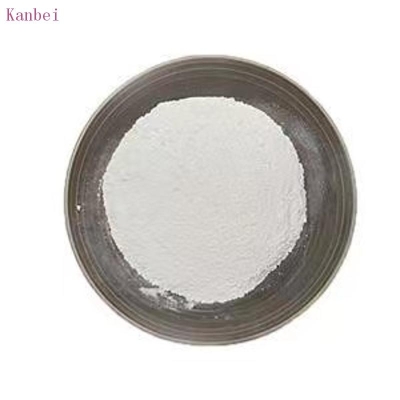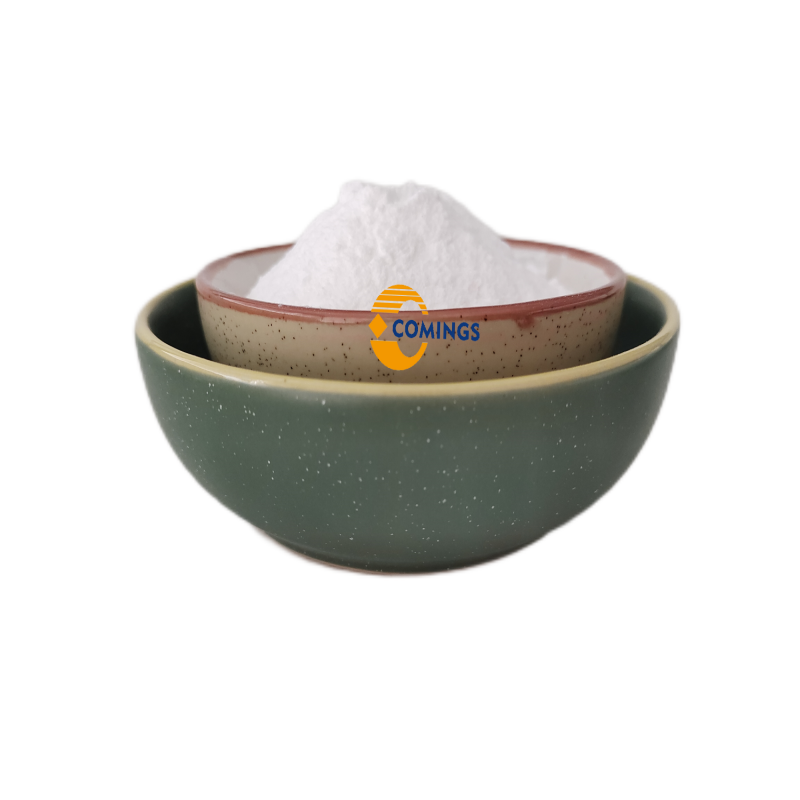Organic Chemistry
- • Amides (2600)
- • Alcohols, Phenols, Phenol Alcohols (305)
- • Nitrogen Compounds (248)
- • Nitrile Compound (83)
- • Hydrazine or Hydroxylamine Derivatives (203)
- • Quinones (38)
- • Ethers and Derivatives (182)
- • Aldehydes (108)
- • Carboxylic Acids and Derivatives (754)
- • Hydrocarbons and Derivatives (2305)
- • Ketones (71)
- • Inorganic Acid Esters (169)
- • Heterocyclic Ring (332)
- • Organometallic Compounds (958)
- • Organosulfur Compounds (70)
- • Phosphines (725)
- • Organometalate (283)
- • Organic Fluorine Compound (2103)
- • Triazenes (18)
- • Semicarbazides (33)
- • Organoselenium Compounds (28)
- • Nitro Compounds (94)
- • Nitrates (15)
- • Lactones (240)
- • Imines (24)
- • Free Radicals (46)
- • Dioxins and Dioxin-like Compounds (31)
- • Cyanates (31)
- • Coordination Complexes (3059)
- • Boron Compounds (84)
- • Azides (66)
- • Arsenicals (56)
Related News
Sort Hydrocarbons and Derivatives Alphabetically
Hydrocarbons and Derivatives
Get Hydrocarbons and Derivatives Raw Materials by RegionBenzenesulfonic acid, 3-nitro-, (2R)-2-oxiranylmethyl ester
(115314-17-5)-
- / 99.00%
-
Industrial Grade / -
-
Industrial Grade / 99%
-
![(R)-(-)-Glycidyl nosylate buy (R)-(-)-Glycidyl nosylate]()
Industrial Grade / 99.0%
Request for quotation , get quotes from more suppliers.
-
- / 99.00%
-
Industrial Grade / 99%
-
![2,3-Difluorobenzyl bromide buy 2,3-Difluorobenzyl bromide]()
Industrial Grade / 99.0%
-
![2,3-Difluorobenzyl bromide buy 2,3-Difluorobenzyl bromide]()
Request for quotation , get quotes from more suppliers.
-
- / 99.00%
-
Pharmacy Grade / 99%
-
- / 99%
-
![4-METHOXY-2-NITRO-BENZALDEHYDE CAS NO 22996-21-0 buy 4-METHOXY-2-NITRO-BENZALDEHYDE CAS NO 22996-21-0]()
Industrial Grade, Feed Grade, Food Grade, Pharma Grade / 99%
$11.11/KG EXW
Request for quotation , get quotes from more suppliers.
Setipiprant
(866460-33-5)-
Pharmacy Grade / 98%
$4-5/G FOB
-
Pharmacy Grade / 99%
-
Pharmacy Grade / 99%
-
Top Product / 99%
Request for quotation , get quotes from more suppliers.
1-Bromo-2,3-dimethylbenzene
(576-23-8)-
Industrial Grade / 99%
-
![2,3-Dimethylbromobenzene buy 2,3-Dimethylbromobenzene]()
Industrial Grade / 99%
-
![2,3-Dimethylbromobenzene buy 2,3-Dimethylbromobenzene]()
-
![2,3-Dimethylbromobenzene buy 2,3-Dimethylbromobenzene]()
Request for quotation , get quotes from more suppliers.
2-Methoxy-1-methyl-4-nitrobenzene
(13120-77-9)-
- / 99.00%
-
-
![2-Methyl-5-nitroanisole buy 2-Methyl-5-nitroanisole]()
Industrial Grade / 99.0%
-
![2-Methyl-5-nitroanisole buy 2-Methyl-5-nitroanisole]()
Request for quotation , get quotes from more suppliers.
Eicosane
(112-95-8)-
Industrial Grade / 99%
-
Industrial Grade / -
-
- / 99.00%
-
Industrial Grade / 99%
Request for quotation , get quotes from more suppliers.
-
- / 99.00%
-
Industrial Grade / 99%
-
Industrial Grade / 99%
-
![n-Heptadecane buy n-Heptadecane]()
Industrial Grade / 99%
Request for quotation , get quotes from more suppliers.
-
- / 99.00%
-
Pharmacy Grade / 99%
-
![1,3-DIIODOBENZENE buy 1,3-DIIODOBENZENE]()
Industrial Grade / 99%
-
![1,3-Diiodobenzene buy 1,3-Diiodobenzene]()
Request for quotation , get quotes from more suppliers.
(2S)-1-Methyl-2-pyrrolidinemethanol
(34381-71-0)-
- / 99.00%
-
![N-Methyl-L-prolinol buy N-Methyl-L-prolinol]()
Industrial Grade / 99.00%
-
![(S)-(-)-2-Hydroxymethyl-1-methylpyrrolidine buy (S)-(-)-2-Hydroxymethyl-1-methylpyrrolidine]()
-
![(S)-(-)-2-Hydroxymethyl-1-methylpyrrolidine buy (S)-(-)-2-Hydroxymethyl-1-methylpyrrolidine]()
Industrial Grade / 99%
Request for quotation , get quotes from more suppliers.
More Information
Hydrocarbons, also known as carbonaceous compounds, are organic compounds composed solely of carbon and hydrogen. These compounds, commonly referred to as hydrocarbons, form through reactions with chlorine, bromine vapor, oxygen, and other elements. Methane (CH4) is the simplest hydrocarbon molecule, consisting of a central carbon atom connected to four hydrogen atoms.
In our daily lives, we frequently encounter hydrocarbons. For instance, propane in natural gas and butane in lighters are both examples of hydrocarbons. They serve as fuels due to the vast energy stored within their covalent bonds. During combustion, this energy is released in the form of heat as they react with oxygen to produce carbon dioxide and water.
Hydrocarbons encompass various types, including:
● aromatic hydrocarbons
● saturated hydrocarbons
● aliphatic hydrocarbons











































